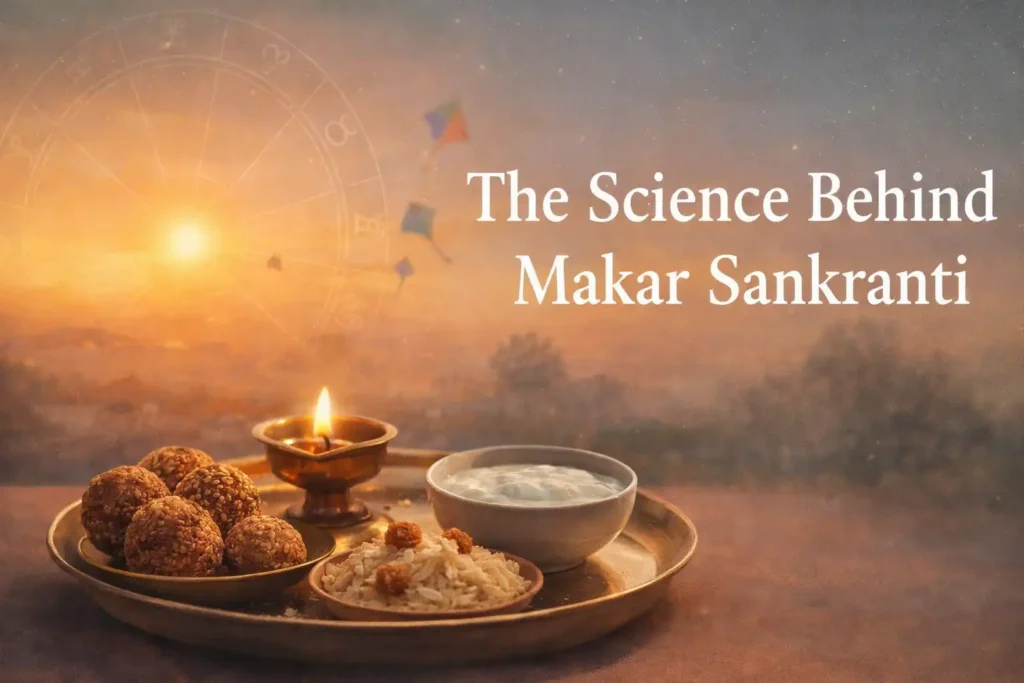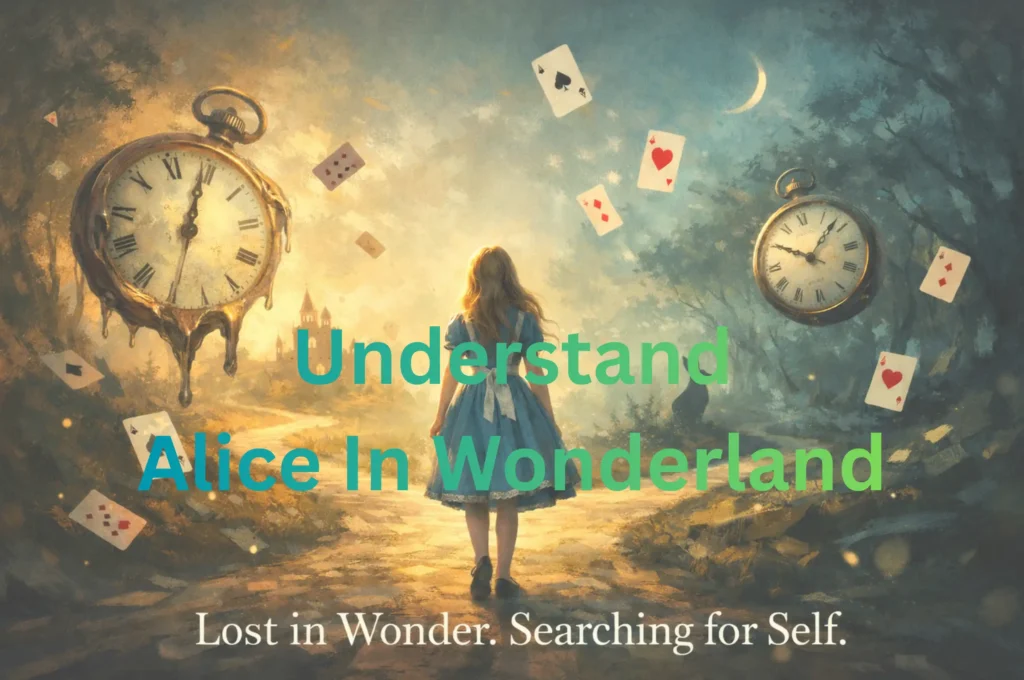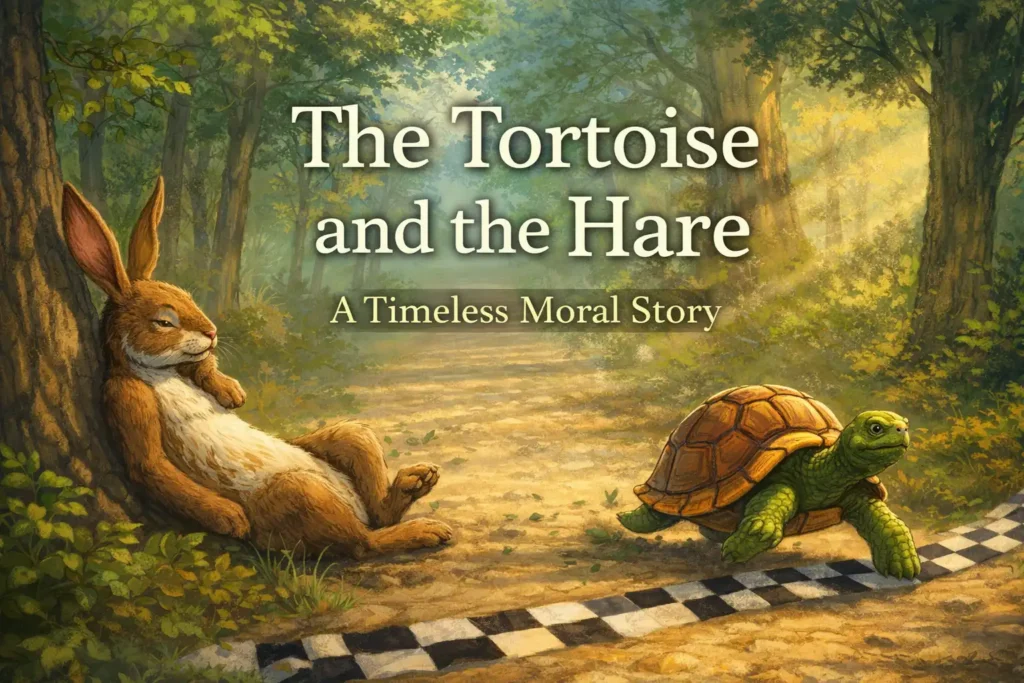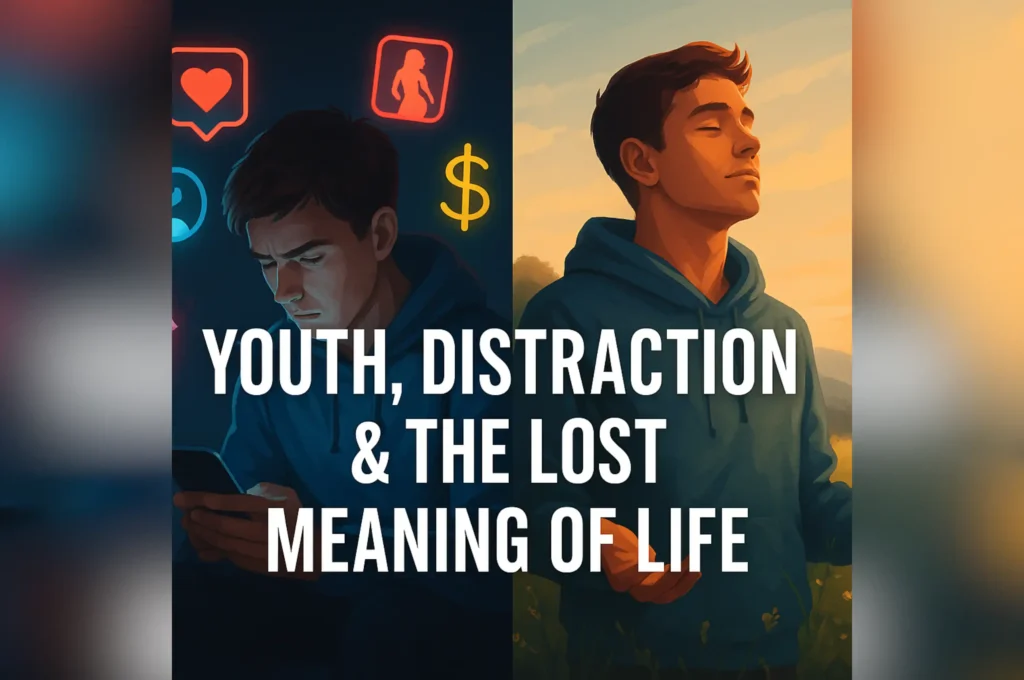Explore the spiritual significance and story of Shayani Ekadashi, a pivotal Hindu festival dedicated to Lord Vishnu. Learn about this sacred day’s rituals, mythological stories, and cultural practices. Discover how Shayani Ekadashi marks the start of Chaturmas and its profound impact on devotees across India, particularly in Maharashtra and Karnataka. Understand the legends of King Mandata and Vithoba, and delve into the teachings of the Bhakti movement.
What is Shayani Ekadashi?
Shayani Ekadashi, also known as Devshayani Ekadashi, is a significant observance in the Hindu calendar, marking a time of deep spiritual reflection and devotion. Falling on the eleventh lunar day (Ekadashi) of the bright fortnight (Shukla Paksha) in the month of Ashadha, this festival holds immense importance for the followers of Lord Vishnu. It is on this day that Vishnu is believed to enter into a divine sleep on the cosmic serpent, Shesha, initiating the holy period of Chaturmas.
The Chaturmas, which spans four months, is a sacred period for devotees, characterized by increased religious activities, fasting, and worship. This period is dedicated to Lord Vishnu, who remains in a state of yoga nidra (cosmic sleep) until Prabodhini Ekadashi in the Kartik month. The spiritual significance of Shayani Ekadashi is profound, as it symbolizes the commencement of a time for inner purification and penance.
Traditionally, the observance of Shayani Ekadashi involves several rituals and practices. Devotees observe a day-long fast, abstaining from grains and certain foods, and engage in extended prayers and recitations of Vishnu’s names and stories. Temples dedicated to Vishnu, particularly in regions like Maharashtra and Karnataka, witness elaborate ceremonies and processions. A notable celebration occurs at the Pandharpur temple in Maharashtra, where the deity Vithoba, an incarnation of Vishnu, is venerated with great fervor.
Cultural practices associated with Shayani Ekadashi vary across different regions of India. In Northern India, devotees often take part in kirtans and bhajans, while in Southern states, the festival is marked by special temple rituals and offerings. The diversity in observance reflects the rich tapestry of regional traditions, unified by the underlying devotion to Vishnu.
In essence, Shayani Ekadashi is not merely a religious event but a cultural phenomenon that underscores the cyclical nature of time and the importance of spiritual discipline in Hinduism. Through fasting, prayers, and rituals, devotees seek to align themselves with the divine rhythm, embarking on a journey of spiritual renewal and growth during the auspicious period of Chaturmas.
Explore Category: Mythological Stories
Story of Shayani Ekadashi: Story Of Vithoba and Vishnu
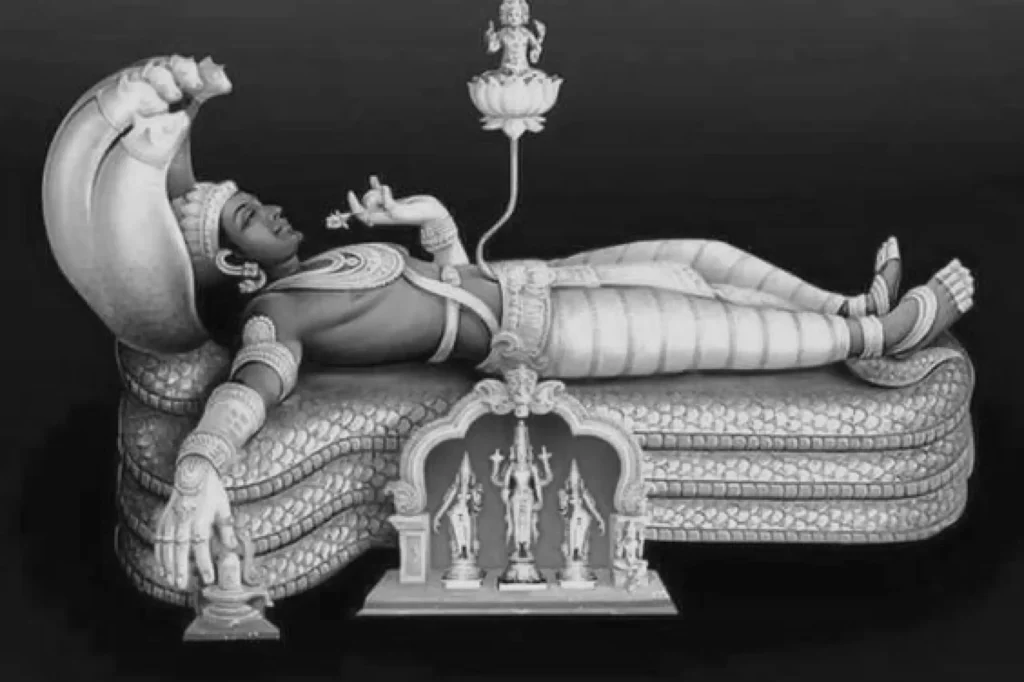
Table of Contents
The Mythological Story Behind Shayani Ekadashi
Shayani Ekadashi, also known as Devshayani Ekadashi, holds significant importance in Hindu mythology, primarily due to the compelling story of King Mandata. According to ancient texts, King Mandata was a righteous ruler of the Ikshvaku dynasty, renowned for his wisdom and just governance. His kingdom thrived under his rule until a severe drought and famine struck, causing widespread suffering among his people. Despite his best efforts, King Mandata found no solution to alleviate the distress faced by his subjects.
In his quest for a remedy, King Mandata sought the guidance of Sage Angira, a revered sage known for his profound spiritual knowledge. The sage, understanding the severity of the situation, advised the king to observe a fast on Shayani Ekadashi, a sacred day dedicated to Lord Vishnu. Sage Angira explained that by observing this fast with devotion and sincerity, the king could invoke the blessings of Lord Vishnu, who would then bring relief to the kingdom.
Following the sage’s advice, King Mandata, along with his subjects, observed the fast on Shayani Ekadashi with utmost dedication. They participated in prayers, recited hymns, and performed rituals to honor Lord Vishnu. The collective devotion and faith of the king and his people touched the heart of Lord Vishnu. As a result, the heavens opened, and plentiful rain poured down upon the parched land, rejuvenating the kingdom and restoring prosperity.
This mythological narrative of Shayani Ekadashi underscores several moral and spiritual lessons. It emphasizes the power of faith and devotion in overcoming adversities. The story also highlights the significance of seeking divine intervention during times of crisis. Moreover, it serves as a reminder of the benevolence of Lord Vishnu, who responds to the sincere prayers of his devotees. Through the tale of King Mandata, Shayani Ekadashi continues to inspire countless individuals to uphold their faith and practice devotion, instilling hope and resilience in the face of challenges.
The Tale of Vithoba: Lord Vishnu’s Devotee
The legend of Vithoba, an incarnation of Lord Vishnu, is deeply rooted in the Bhakti movement, embodying the values of devotion and selfless service. Vithoba’s origins are intertwined with the story of his devotee, Pundalik. According to the legend, Pundalik was a devoted son who dedicated himself to the service of his parents. His unwavering commitment to their well-being became a form of worship, capturing the essence of true devotion.
One day, as Pundalik was engrossed in his duties, Lord Vishnu decided to visit him. However, Pundalik was so absorbed in serving his parents that he could not immediately attend to the divine visitor. Instead, he placed a brick for Vishnu to stand on and requested him to wait. This humble act of prioritizing his parents over the deity impressed Vishnu, who stood patiently on the brick, embodying the virtue of patience and respect for filial duty. This moment marked the manifestation of Vithoba, who is often depicted standing with his hands on his hips on the same brick, symbolizing his eternal wait and the importance of devotion.
The Vithoba temple in Pandharpur, where this event is believed to have occurred, has since become a significant pilgrimage site. The temple, with its rich history and spiritual ambiance, draws millions of devotees each year. The annual pilgrimage, known as the Wari, sees devotees walking from various parts of Maharashtra to Pandharpur, demonstrating their unwavering faith and devotion. The Wari is not just a journey but a celebration of community, spirituality, and the enduring legacy of Vithoba’s teachings.
Through the tales of Vithoba and Pundalik, the essence of the Bhakti movement is vividly illustrated, emphasizing the values of devotion, service, and humility. Vithoba’s story continues to inspire countless devotees, reinforcing the timeless message that true worship lies in selfless service and unwavering faith.
Also Read: 10 Incarnations of Vishnu | Story of Dashavatar
The Supreme Deity: Lord Vishnu
Lord Vishnu stands as a central figure in Hinduism, revered as one of the principal deities in the Holy Trinity, or Trimurti, alongside Brahma and Shiva. Vishnu’s role within this divine triad is that of the preserver and protector, a balance to Brahma’s creation and Shiva’s destruction. This balancing act is not mere mythology but resonates deeply within the rituals and daily lives of devotees, highlighting Vishnu’s eternal presence and influence.
Vishnu is uniquely characterized by his ten avatars, known as the Dashavatara, which he assumes to restore cosmic order. Among these avatars, Rama and Krishna are particularly significant. Rama, the protagonist of the ancient epic Ramayana, exemplifies dharma (righteousness) and ideal kingship. His story, filled with trials and triumphs, serves as a moral compass for millions. Krishna, on the other hand, features prominently in the Mahabharata and the Bhagavad Gita. His teachings in the Gita, around duty, righteousness, and devotion, form the spiritual bedrock for many practitioners of Hinduism.
Vishnu’s iconography is rich with symbols, each carrying profound significance. He is often depicted with four arms, holding items emblematic of his divine powers. The conch (Shankha) symbolizes the primal sound of creation; the discus (Chakra) represents the mind and its sharpness; the mace (Gada) signifies physical and mental strength; and the lotus (Padma) denotes purity and spiritual enlightenment. These attributes are not just artistic elements but are deeply woven into the cultural and spiritual fabric of Hinduism.
Another crucial aspect of Vishnu’s iconography is his mount, Garuda, a mighty eagle-like being. Garuda symbolizes speed, power, and martial prowess, serving as a reminder of Vishnu’s readiness to protect and preserve the cosmic order. Together, these elements encapsulate the essence of Vishnu, making him a deity whose influence permeates every aspect of Hindu mythology, rituals, and the everyday lives of his followers.
Re-write Articles for free: https://byqus.com/rewriter
